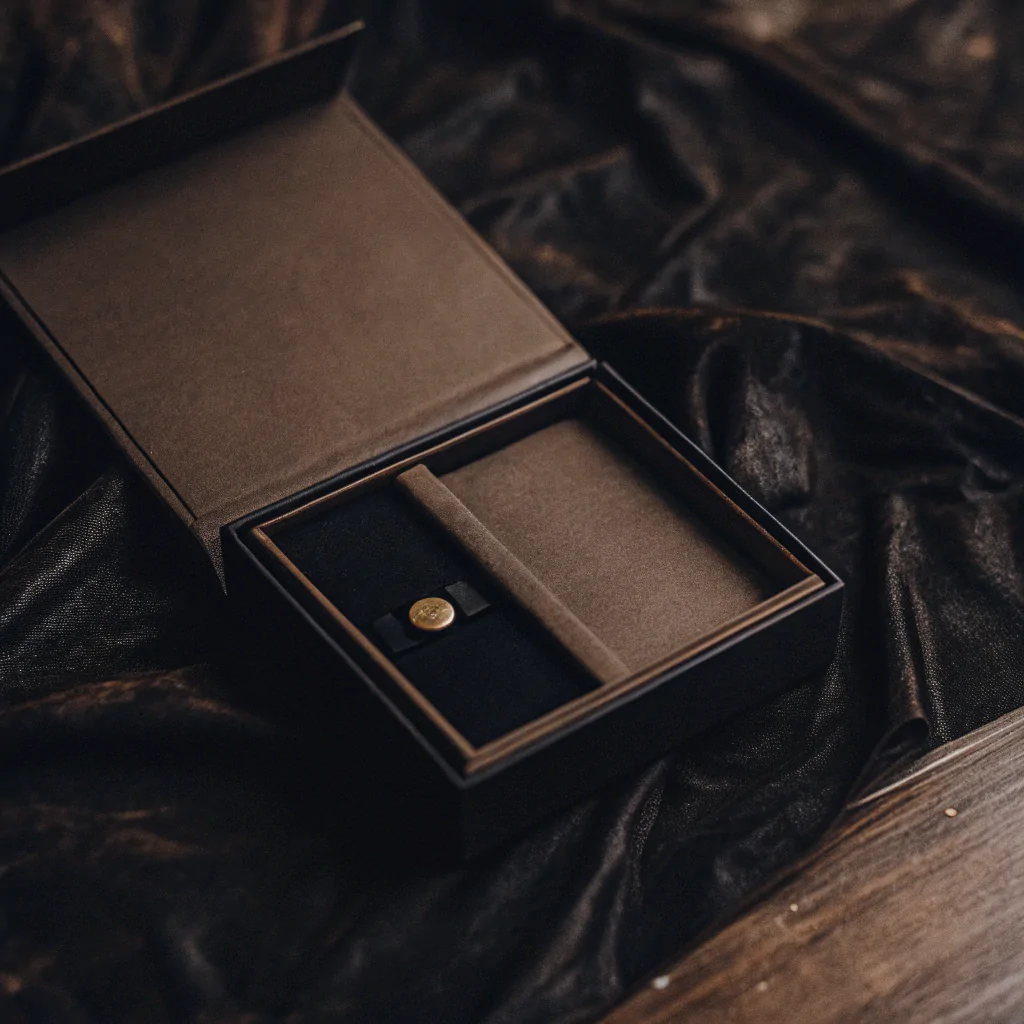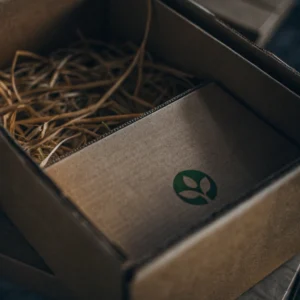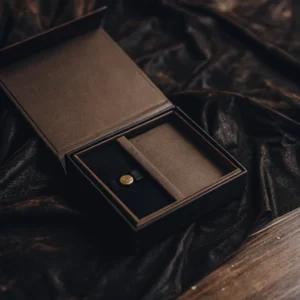
 `Is your current packaging failing to represent the qu“ality of your product? This disconnect can undermine your brand’s value. Choosing rigid boxes wholesale is a strategic move to elevate your brand’s perception.
`Is your current packaging failing to represent the qu“ality of your product? This disconnect can undermine your brand’s value. Choosing rigid boxes wholesale is a strategic move to elevate your brand’s perception.
**Choosing rigid boxes wholesale is a smart investment. You get a premium look that builds brand value, superior product protection[^1], and extensive customization. Buying in bulk makes this luxury packaging surprisingly affordable, boosting your ROI and impressing customers in mark“““ets like the US and EU.**

I’ve learned that the right box is more than just a container; it’s a critical business decision that affects brand image, customer experience, and the bottom line. This realization didn’t come overnight. It’s the result of years working with clients like Anne, a sharp purchasing manager from the USA who constantly juggles quality, cost, and market appeal for major consumer brands. Her challenges are my challenges. Let’s break down the specific reasons that convinced me, and that will help you make a more informed choice for your brand.
## What are the advantages of rigid boxes?
Are you worried your packaging can’t protect your product or impress your customers? This damages sales, your reputation, and your profits. Rigid boxes offer superior strength and a premium feel, solving both issues.
**The primary advantages are their exceptional strength for product protection, a high-end feel that elevates brand perception, and vast customization options. This enhances the customer’s unboxing experience, justifying a premium price point for your product.**

As a packaging partner, I often tell my clients that a high-quality product in poor packaging is like wearing slippers to a red-carpet event. A rigid box is your product’s tuxedo; it makes a statement of quality before the product is even revealed.
### The Unmistakable Feel of Quality
The first interaction a customer has with your product is tactile. A rigid box feels substantial and valuable in their hands. Its weight and solid construction immediately signal that what’s inside is special. This physical-emotional connection is far more persuasive than any advertisement.
### A Fortress for Your Product
For any business, especially e-commerce brands shipping internationally, product protection is non-negotiable. Rigid boxes are constructed from thick, condensed paperboard (greyboard), making them incredibly strong and resistant to crushing. Since I transitioned my clients to rigid boxes for their premium goods, customer complaints about damage during transit have dropped to virtually zero. This has dramatically reduced the costs and headaches associated with returns and replacements. Whether on a retail shelf or a long journey overseas, the box maintains its perfect shape.
### The Ultimate Canvas for Your Brand
Rigid boxes offer unparalleled customization. I worked with a cosmetics brand aiming for a “simple luxury” feel. We chose a black matte box with a gold foil stamped logo, a magnetic closure, and a custom foam insert. Every element was designed to communicate their brand value. You can select from endless combinations of materials, finishes like embossing or spot UV, and structures like drawer-style or book-style boxes to create a truly unique brand experience.
## What is the difference between a rigid box and a paper box?
Are you unsure whether to choose a rigid box or a standard paper box? Making the wrong choice can mean wasting money on overkill or, worse, failing to protect your product and brand image.
**A rigid box is made from thick, non-collapsible paperboard for a sturdy, premium feel. A paper box, or folding carton, is made from a single layer that ships flat and requires assembly. Rigid boxes offer superior protection and luxury; paper boxes are more cost-effective for mass-market items.**

Understanding the fundamental differences is key to aligning your packaging with your business goals. For a purchasing manager like Anne, these details directly impact her budget, logistics, and the final product presentation in competitive US and EU markets. A simple choice here can have a massive ripple effect. Let’s look at the specifics.
### Construction and Materials
The core difference is the material. A rigid box uses a thick (usually 1-3mm) greyboard as its core structure, which is then wrapped with a thinner, printable paper. A folding paper box, on the other hand, is made entirely from a single layer of paperboard that is printed, cut, and scored to be folded into shape.
### Logistics and Assembly
This is a critical point for supply chain management. Rigid boxes are delivered fully assembled. This means they are ready to use immediately but take up significant space in shipping and warehousing. Folding cartons ship flat, which dramatically cuts down on freight and storage costs. However, they require time and labor to assemble before products can be packed.
 ### Perceived Value and Cost
### Perceived Value and Cost
Here is a table to simplify the comparison:
| Feature | Rigid Box | Folding Paper Box |
| —————– | ————————————— | ————————————– |
| **Material** | Thick greyboard + thin wrap | Single-layer paperboard |
| **Structure** | Solid, non-collapsible, pre-assembled | Ships flat, requires assembly |
| **Protection** | Excellent | Moderate to good |
| **Perceived Value** | High, Luxury, Premium | Standard, Economical |
| **Unit Cost** | Higher | Lower |
| **Best For** | Luxury goods, electronics, gifts | FMCG, retail goods, food items |
While the unit cost of a rigid box is higher, buying them wholesale significantly closes this gap. I helped an e-commerce client reduce their per-unit packaging cost by over 30% by moving to a larger wholesale order, making luxury packaging a financially sound decision for them.
## What are the trends in rigid packaging?
Are you worried your packaging design feels outdated? Using old styles can make your brand seem irrelevant, especially to modern buyers who value fresh aesthetics and innovative experiences.
**Current trends focus on minimalism, sustainability, and interactive unboxing[^2]. This includes using textured, eco-friendly papers[^3], clean designs with foil accents, and clever features like magnetic closures. Personalization and “smart” packaging with QR codes are also gaining popularity.**

Staying current doesn’t mean chasing every fad. It means understanding what today’s consumers value and reflecting that in your packaging. In my work, I see brands succeeding by moving towards designs that are not just beautiful but also intelligent and responsible.
### Minimalist Luxury
The trend of “less is more” is stronger than ever. Instead of loud, busy graphics, luxury brands are opting for clean layouts, sophisticated color palettes, and a strong focus on high-quality materials. A simple debossed logo on a textured paper speaks volumes more than a full-color print on a plain box. It communicates confidence and refinement.
### Interactive and Memorable Unboxing
Packaging is no longer just a container; it’s the start of the product experience. Trends are moving towards structures that make unboxing a small ceremony. Think of drawer boxes with a ribbon pull-tab that slowly reveal the product, or book-style boxes with a satisfying magnetic snap-closure. These details create memorable, shareable moments for customers, which is free marketing in the age of social media.
### Texture is the New Color
Consumers are craving tactile experiences in a digital world. The feel of the box is becoming as important as its look. Soft-touch laminates that feel like velvet, uncoated papers with a raw and natural feel, or papers with a linen or leather-like texture are incredibly popular. These choices add a layer of sensory delight and reinforce the premium quality of the product inside.
## Are rigid boxes sustainable?
Do you want premium packaging but worry about the environmental impact? Your customers, especially those in the US and Europe, are increasingly choosing brands that align with their values.
**Yes, rigid boxes can be highly sustainable. Many are made from recycled paperboard and wrapped with FSC-certified papers[^4]. By choosing soy-based inks[^5] and avoiding plastic laminates, they can be recyclable and support your brand’s green initiatives.**

The idea that “luxury” and “sustainability”[^6] are opposites is a myth I actively work to bust with my clients. In fact, choosing eco-friendly options can enhance a brand’s premium status. Being able to tell your customers that your beautiful packaging is also responsible is a powerful story. Communicating this to buyers like Anne is key, as she is often required to meet corporate sustainability goals.
### The Recycled Core“
The structural foundation of a rigid box, the thick greyboard, is often made from 80-100% post-consumer recycled materials[^7]. This is the single biggest contributor to its sustainability. You are giving new life to old paper products, which is a fantastic environmental message.
### Eco-Friendly Finishes and Wraps
You don’t have to sacrifice beautiful design to be green. The paper wraps can be sourced from FSC-certified forests, ensuring responsible forestry. You can opt for soy-based inks[^5] instead of traditional petroleum ones and use water-based adhesives. For a protective finish, you can choose a biodegradable laminate[^8] or simply let the natural texture of the paper shine through without any coating.
### Designing for Reusability
The best form of recycling is reuse. Because rigid boxes are so durable and attractive, customers often keep them for storage long after the product is gone. I have clients whose customers use their packaging as jewelry boxes or desk organizers. By designing a box that people want to keep, you extend its life, reduce waste, and keep your brand name in your customer’s home for months or even years.
## Conclusion
Rigid boxes are a strategic asset. They boost brand image, protect products, and offer sustainable options. Wholesale purchasing makes this powerful marketing tool an affordable, high-return investment for your business.
—
[^1]: Learn why product protection is crucial for maintaining brand reputation and reducing returns.
[^2]: Find out how interactive packaging can create memorable customer experiences.
[^3]: Learn about sustainable materials that can enhance your brand’s green initiatives.
[^4]: Discover how using certified papers can support responsible forestry and sustainability.
[^5]: Understand how soy-based inks contribute to eco-friendly packaging solutions.
[^6]: Learn about eco-friendly practices in packaging that align with consumer values.
[^7]: Learn how using recycled materials can enhance your brand’s sustainability message.
[^8]: Discover how biodegradable options can reduce environmental impact in packaging.
““`
